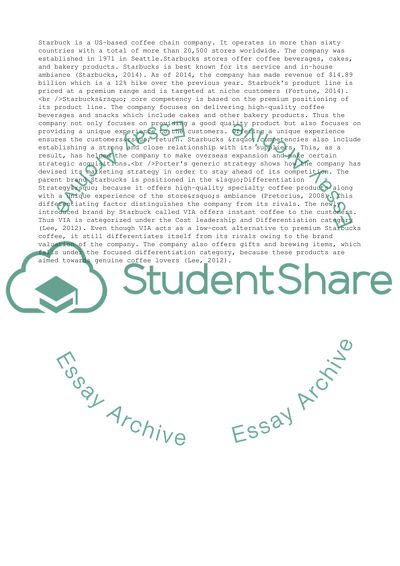Cite this document
(“Strategic Position of Starbucks Essay Example | Topics and Well Written Essays - 3000 words”, n.d.)
Retrieved from https://studentshare.org/business/1673000-case-study-of-starbucks-2052
Retrieved from https://studentshare.org/business/1673000-case-study-of-starbucks-2052
(Strategic Position of Starbucks Essay Example | Topics and Well Written Essays - 3000 Words)
https://studentshare.org/business/1673000-case-study-of-starbucks-2052.
https://studentshare.org/business/1673000-case-study-of-starbucks-2052.
“Strategic Position of Starbucks Essay Example | Topics and Well Written Essays - 3000 Words”, n.d. https://studentshare.org/business/1673000-case-study-of-starbucks-2052.


